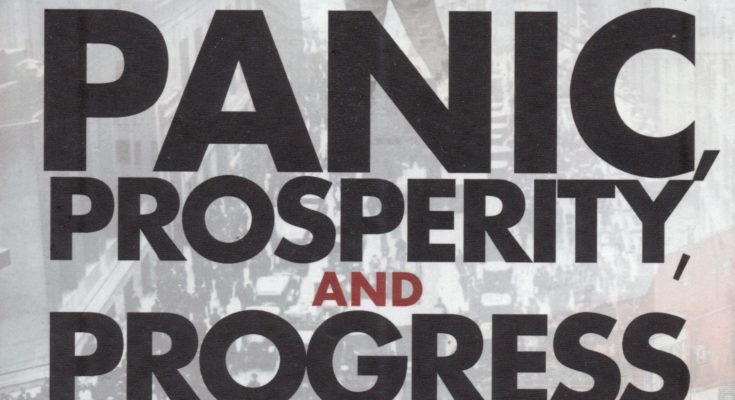
I love economic history books, and I believe that most investors should read economic history. Â History offers a broader paradigm for analyzing investment situations than mathematical models do.
Mark Twain is overquoted on this, but only because he deserves to be quoted:
“History doesn’t repeat itself, but it does rhyme.â€
You can get a lot of insights into the present by reading this book. Â So many disasters occurred because people presumed that the future would be much like the past, and they ended up being the ones that took the large losses.
Further, this book will point out that how an asset is held will make a difference in its future performance.  When there is not a lot of debt behind an asset, there may be good prospects.  But when there is a lot of debt behind an asset, prospects are not so good because those that own the asset are relying on the asset to perform.  Those who own an asset free and clear may get hurt if the price falls, but they won’t be ruined like the guy who has borrowed to own it.
This book takes on every major systemic crisis from the Tulip Bubble to the recent Housing/Banking crisis. Â This is my bread & butter, but I learned things in many of the chapters regarding things I thought I knew well. Â Truly, a great book.
What Could Have Made the Book Better
Financial crises don’t appear out of nowhere.  Leaving aside war on your home soil, plague, famine, communism, etc., there is usually a boom that gives way to a bust.  In some of his chapters, he could have spent more time describing the boom that led to the bust.  This is important, because readers need to learn intuitively that the boom-bust cycle is normal. NORMAL!
Ignore the economists who think they can control the economy.  They can’t do it, and this book helps to say that.  Economists are always behind the curve.  Politicians are even further behind the curve.  Regulators are still further behind the curve, and usually do the wrong thing during crises as a result.

